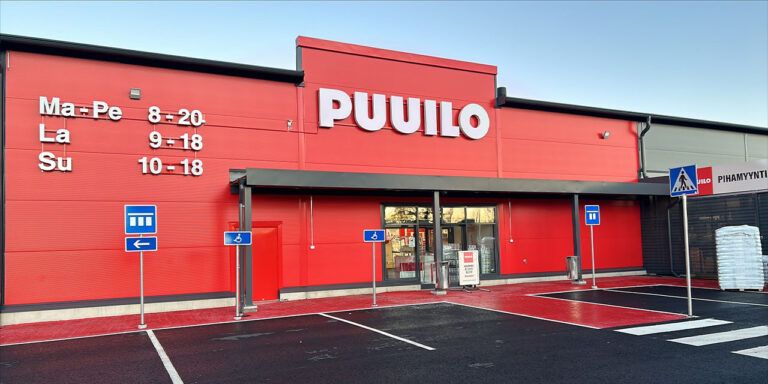Why do forecasting and replenishment have to be such a pain?
Mar 30, 2016 • 2 minOver the years almost every single retail initiative has had forecasting and replenishment at its core: ECR (Efficient Consumer Response), CPFR (Collaborative Planning, Forecasting and Replenishment), Multi-Channel and now Omni-Channel retailing have all become well known concepts in retail. Consulting companies have made millions of dollars claiming to be able to use these approaches to solve all your problems. And, as sure as summer follows winter, the next one is doubtless just round the corner giving consultants the excuse they need to come knocking at your door once again.
‘Forecasting and replenishment’ / ‘stock and availability’ / ‘supply chain optimization’; however you label it, it always appears in surveys as one of the biggest areas of concern. Computer assisted forecasting and replenishment has been around since the 1980’s and 90’s. But while it’s not new it has changed out of all recognition since those early days as computing power has grown exponentially.
In-memory database technology, specifically designed for the supply chain, now gives retailers enormous power and flexibility.
In the last couple of years however, there’s been a revolution in the sector. In-memory database technology, specifically designed for the supply chain, now gives retailers enormous power and flexibility. This enables them to tackle those really tough challenges such as very-short-life products, promotional planning and highly-seasonal merchandise. By setting out to really understand the needs of the customer, RELEX has become the market-leading ‘in-memory’ powered software. The benefits and the potential of in-memory computing are huge, and to give supply chain professionals an even more immediate means of making use of this vastly expanded power and flexibility RELEX has also included a business rules engine.
With the Business Rules Engine, supply chain teams can now make changes at will rather than having to wait for a major release or for the development and testing cycle of new software code. And, even better, instead of having to call in consultants, you can automate your own working processes and business decision criteria entirely independently.
Instead of having to call in consultants, you can now automate your own working processes and business decision criteria entirely independently.
Forecasting and replenishment remains a key area for every retailer. Technology is having an ever-greater impact on reducing wastage and inventory, improving sales and availability, and delivering higher profits. Implementations are fast and with no long term contracts it means the risks are now lower than ever. And with fewer supply chain problems to worry about you can worry about something else instead – like what all those consultants are going to do with their time now that they’re not needed anymore?


